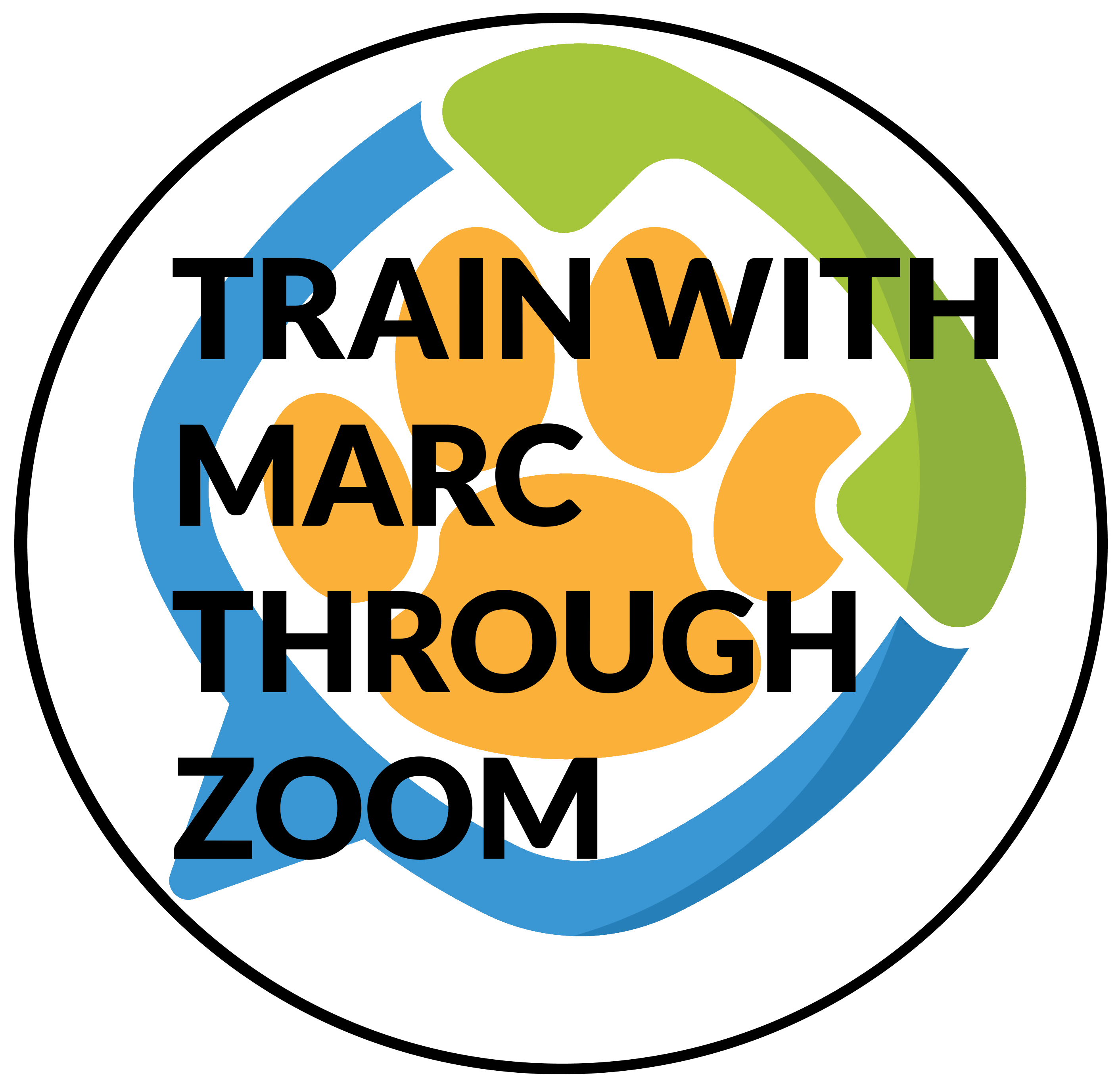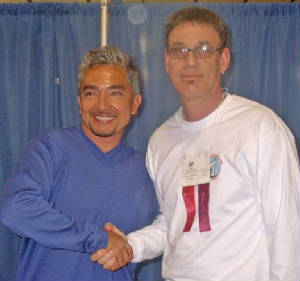Why Dogs Reverse Sneeze
The first time you witness your dog reverse sneezing, it can be worrying, especially if you are not sure what’s happening. During one of these episodes, your dog will quickly breathe in through her nose. It makes a snorting sound that sounds as if the dog is sneezing and inhaling at the same time.
Paroxysmal respiration is the scientific name for this behavior, and it’s relatively common. Reverse sneezing is also harmless in most cases. Temporary irritation can cause your dog to reverse sneeze for a few brief moments before they recover on their own.
Are Dog Parks Safe For My Dog?
Your local dog park can be a great place for your dog to socialize and get some off leash exercise. But not all dog parks, and not all dogs, are the right fit. A disastrous dog park trip can lead to injury, stress, and lingering anxiety. In preparation to visit a dog park, consider the parks around you and whether or not your dog is ready.
Does My Dog Need a Winter Coat and Boots?
As you bundle up to face the snowy, cold, and wet weather during the winter months, you might wonder if your dog should don a jacket and boots as well. Dogs tend to run warm and their durable paws protect their feet during the more temperate seasons, but their natural characteristics might not be enough in freezing temperatures. A warm jacket and boots can help keep them comfortable and safe during the winter.
Which Fruits and Vegetables You Can Feed Your Dog (And Which Ones You Shouldn’t)
As humans, eating lots of fruits and veggies is key to staying healthy. Dogs require many of the same nutrients, and looking at the ingredients of your pup’s food will reveal that it is filled with fruits and vegetables.
But if you’re looking at feeding your dog fruits and vegetables outside of their regular food - either as a treat or for nutrients - you’ll want to know which foods are safe. Regardless of which fruits and vegetables you give your dog, they should be prepared without oil, salt, or other seasonings.
Safe Fruits and Vegetables for Dogs
Many fruits and vegetables can be a source of vitamins and minerals. They make for good treats. In the summertime, frozen fruits can be a refreshing treat for hot days. Other vegetables like carrots and celery work as chew toys that keep your pet occupied and their breath fresh. Additional fruits and vegetables that dogs can eat include:
- Apples
- Bananas
- Berries
- Broccoli
- Brussel Sprouts
- Cranberries
- Cucumbers
- Green Beans
- Mangos
- Melons
- Oranges
- Peaches
- Pears
- Peas
- Pineapple
While these foods are safe, they should still be given in extreme moderation. They are safe for dogs, but they are not necessarily as healthy as the dog food that you provide your pet every day.
Avoid Giving Your Dog These Fruits and Vegetables
On the other hand, some fruits and vegetables are extremely dangerous for dogs. Many contain toxins that are harmless to humans, but can cause illness and fatalities in dogs in even small quantities. These foods include:
- Grapes
- Onions
- Tomatoes
- Avocados
- Mushrooms
- Cherries
Dogs that have swallowed one of these foods by accident may need a vet visit or at least a call with your vet to confirm what action you should take. Likewise, any other questions about what foods your dog can and cannot eat should be directed to your veterinarian who can help you make the right choices about their diet.
Why Is My Dog Acting Aggressively?
Dogs are social animals. Except in rare circumstances, aggression in dogs is not something that materializes overnight. Behaviors of growling, snapping, and defensive barking are developed over time, often inadvertently reinforced by a dog’s owner or his experiences.
The best way to handle aggressive behavior is to catch it early on and take steps to correct it. But this isn’t always possible. If you’ve welcomed a rescue dog into your home, or missed some signs with your puppy, aggressive behavior can cause a significant and even risky problem. Identifying why your dog is acting this way can help you decide what steps are needed to correct the behavior.
What to Buy Before You Bring Home Your Dog
You are about to bring a new dog into your home. Maybe your puppy is almost old enough to leave the breeder or your adoption application for the perfect rescue dog has been approved. Before you go pick up your dog, you want to make sure you have the right equipment on hand. This will help your dog get comfortable being part of your family more quickly and reduce your stress in the first few days.
How to Safely Hike with Your Dog
Your dog can enjoy a hike in the great outdoors as much as you. It gives them a chance to exercise and experience new smells they don’t have on their daily walks. By observing a few simple steps, you can be sure that you, your dog, and the environment stay safe while hiking.
What Does My Dog Dream About?
Have you watched your sleeping puppy’s legs start to twitch during a nap and wondered if he was chasing a squirrel in his dreams? There is a good chance that your dog is dreaming about running after something - a squirrel, a ball, his tail - in the same way he did earlier that day. Recent science has determined that dogs dream just like people do, and even allows us to guess what our pets are dreaming about.
Yelling at Dogs: What We Know and How We Train
Dogs are wonderful. But they can be frustrating. You might walk into the kitchen and see your dog has gotten into the garbage, or you notice that your dog has peed on your carpet, and your first instinct may be to yell at your dog. After all, yelling is a natural human response to frustration.
But while you may feel better after you yell, it's not what's best for your dog. In fact, sometimes it can make it harder for you to address your dogs' issues in the future.
Can You Teach An Old Dog New Tricks?
Dog Training for Shelter Dogs
Purebred puppies are wonderful companions, especially when purchased from a reputable breeder and not a pet store. But these days, with so many dogs living without a home, you may instead want to consider shelter dogs. Many dogs are found or given up for adoption, hoping to find a great home.
One of the reasons that people are scared away from these amazing pets is because many times these shelter dogs have behavioral issues. Though there are many people that give dogs up for adoption as a result of hardship or financial challenges, others do so because they simply were not ready to care for a dog, or they didn't treat the dog well. But the good news is that shelter dogs are easily trained - often as easily and sometimes even more so, than puppies from breeders.
Does Sending a Dog Away for Training Work?
The connection between a dog and their owner is considered an important part of any dog training. Dogs learn best when it's from someone in their "pack" - when it's the person that will give them commands and training, and the one that they also have affection towards.
Chicago Dog Trainer has a "doggy bootcamp" - a place you can send a dog away for training and boarding. You drop your dog off with us, we train it, and then at the end of the 1, 2, or 3 week program you pick your dog up ready to go. So how can a dog training program work if it's coming from someone else, and not your dog?
French Bulldog Dog Training in Chicago, IL
Every pet has its own personality and character. French Bulldogs are one of the most popular breeds here in Chicago because their personalities tend to be on the calmer side, with less aggression and fewer emotional issues.
But dogs are still dogs. They sometimes need to adjust to the household and learn the behaviors that match the expectations of your family. If you're looking for a dog trainer for a French Bulldog in the Greater Chicago area, consider contacting Marc Goldberg and his partner Patrick Farrell at 224-407-2131.
Our Philosophy & Goals
Our philosophy is simple. Improve the life of both dog and family. All too often, unruly dogs do not fully enjoy life because their families constantly become upset and frustrated with them. This is difficult for both family and dog.
Our mission is simple. Make both dog and family happy.
What does is take to make your dog happy? He will thrive when you give him leadership and attention.

Making the family happy is a bit more complex.
Families typically want their dog to:
- Come when called, every time, on or off leash
- Walk nicely on a loose leash without pulling
- Sit until released
- Down until released
Families also want their dogs:
- Not to jump on people
- Not to charge through doors
- Not to dig in the garden
- Not to bark and chew inappropriately
- Not to climb on furniture you prefer they avoid
- Not to sniff and eat off the table and counters.
- Not to be wild and uncontrollable
- Not to ignore you when you want their attention




